Movies, as a cultural and fashion barometer, inevitably bear the imprint of their time. From the first princess movie in 1937, 'Snow White and the Seven Dwarfs,' to the 2013 blockbuster 'Frozen,' spanning nearly eight decades, these twelve princess films, while lacking narrative continuity, still exhibit a vivid and unmistakable thread: the evolution of feminism and the advancement of women's status.
1. Unaware Princesses of the Early Era: Snow White, Cinderella, and Sleeping Beauty
In 1937, 'Snow White and the Seven Dwarfs' marked a milestone in film history, pioneering the animated feature film genre. Just six days after the movie's premiere, Walt Disney appeared on the cover of 'Time magazine alongside the Seven Dwarfs. That year, he received a unique honorary Oscar at the Academy Awards, along with a standard-sized trophy and seven miniature ones, symbolizing the extraordinary success and emergence of the Disney empire.
However, as classics go, Snow White, Disney's premier princess, stands out as the most 'boring' among the thirteen princesses. Apart from being described as 'skin as white as snow, hair as black as ebony, and lips as red as roses,' Snow White is portrayed as having the purest soul and the kindest nature. She is so perfect that she's unfit for a leading role in a movie since perfection often equates to dullness in the realm of film characters. However, as film critic Roger Ebert noted, the purpose of this movie is not to shape the character of Snow White but to build the fairy-tale world around her. In other words, Snow White serves as a mirror, with the film's focus centered on the various characters in this fairy-tale world, such as the wicked queen, the huntsman, the Seven Dwarfs, and the prince, with their different attitudes toward her.
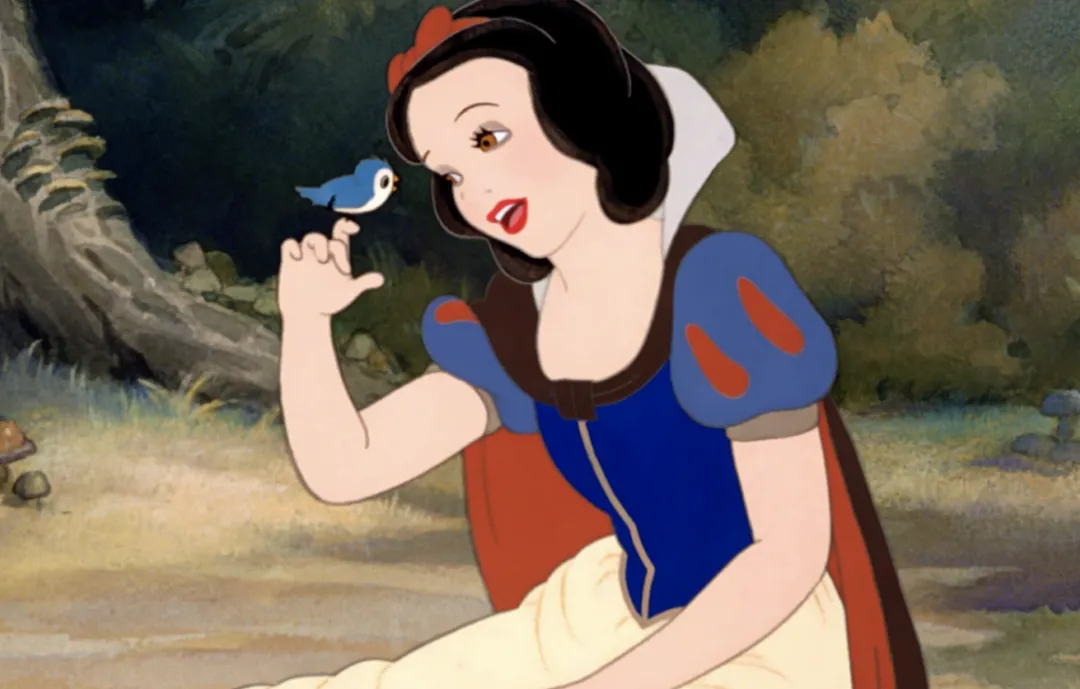
Aside from being 'boring,' Snow White is undoubtedly portrayed as weak. She never displays any resistance or independence in the movie. Her main activities include singing, dancing, and making friends with small animals. These three characteristics subsequently became the standard configuration for all Disney princesses. She is seen fleeing from the huntsman in the forest, naively biting into the poisoned apple, and lying in a coffin waiting to be awakened by the prince's kiss. Snow White remains entirely passive throughout the story; even her signature song, 'Someday My Prince Will Come,' is filled with blind optimism and a passive waiting attitude. Snow White's existence reflected the historical context of 1937 America, where the economic aftermath of the Great Depression still lingered. The people of America, with the scars of those challenging times still fresh, indeed needed a fairy tale to reignite their confidence and courage, making Snow White a character born at the right time.
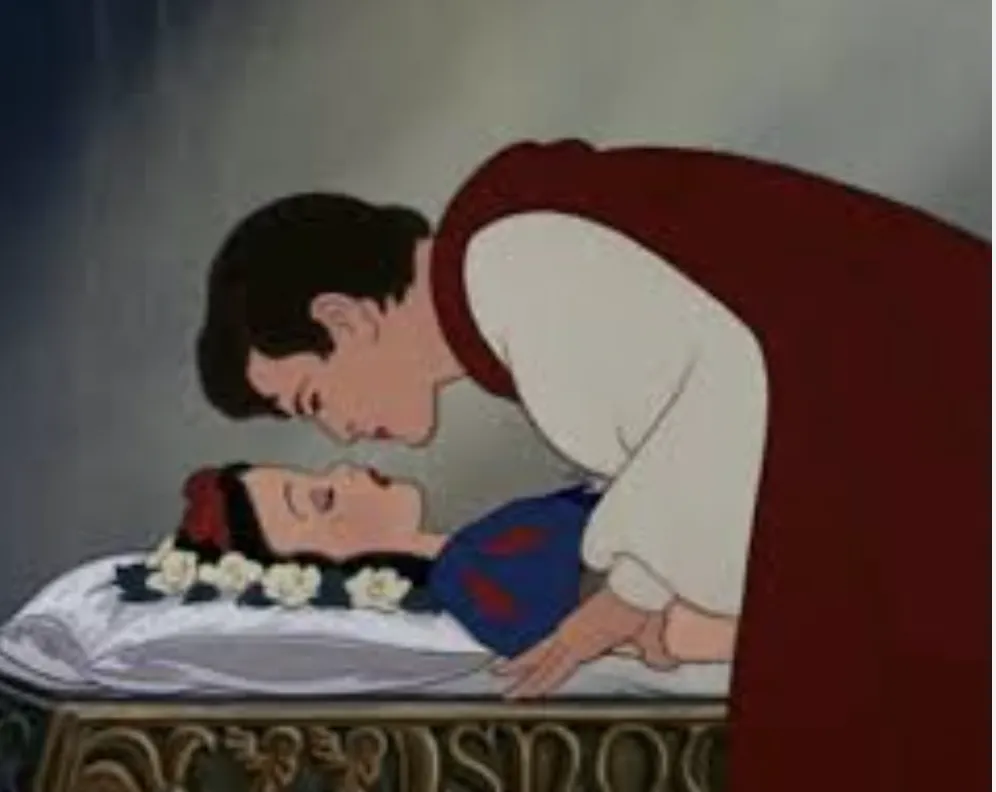
Fast forward to 1950, just after the end of World War II. The world was still reeling from the horrors of war, and Disney took the opportunity to replicate Snow White's successful formula with the magnificent entrance of Cinderella, the second princess. Her story followed the same pattern of overcoming adversity to find true love and again enjoyed global success. At that time, the Disney company was already deeply in debt, and Cinderella's success prevented Disney from facing bankruptcy. Once again, the princess brought good fortune to Disney.
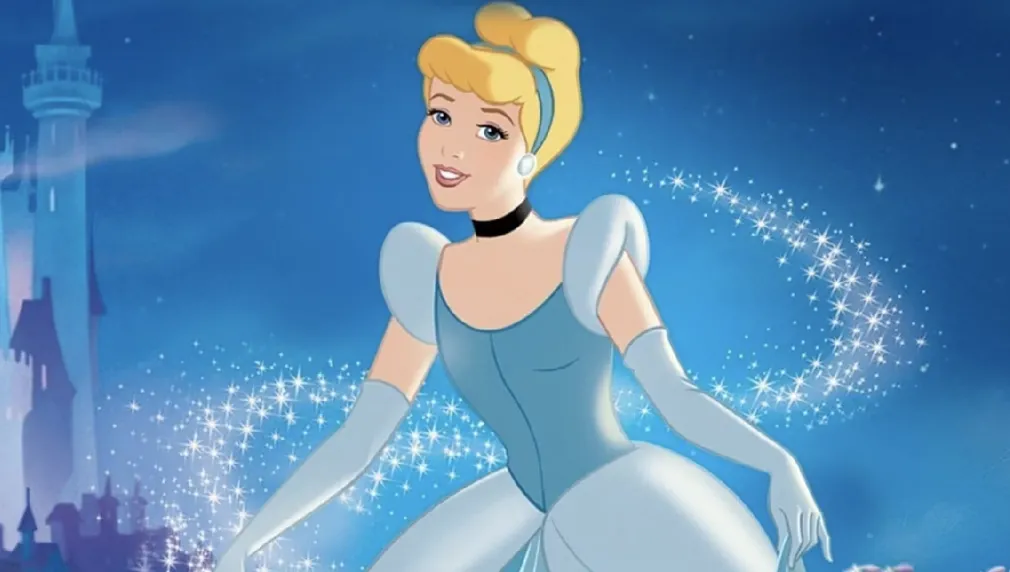
History has shown that 'boring' and healing princesses uniquely appeal to people who have experienced trauma during specific periods. Therefore, the princess who graced the peaceful era, 'Sleeping Beauty' in 1959, gained little popularity. Aurora, the Sleeping Beauty, was equally beautiful and pure-hearted, but her misfortune lay in an unfortunate slumber, which lasted until she was rescued by the prince. Yet, 'Sleeping Beauty' could not be as successful as her two predecessors, so Disney refrained from making another princess movie for the next three decades.
Before 1937, the first wave of feminism in the United States had already concluded. However, while the first wave aimed to secure women's right to vote, it did not significantly improve women's rights in social and marital life. Therefore, we can refer to these three princesses as the 'pre-feminist princesses.'
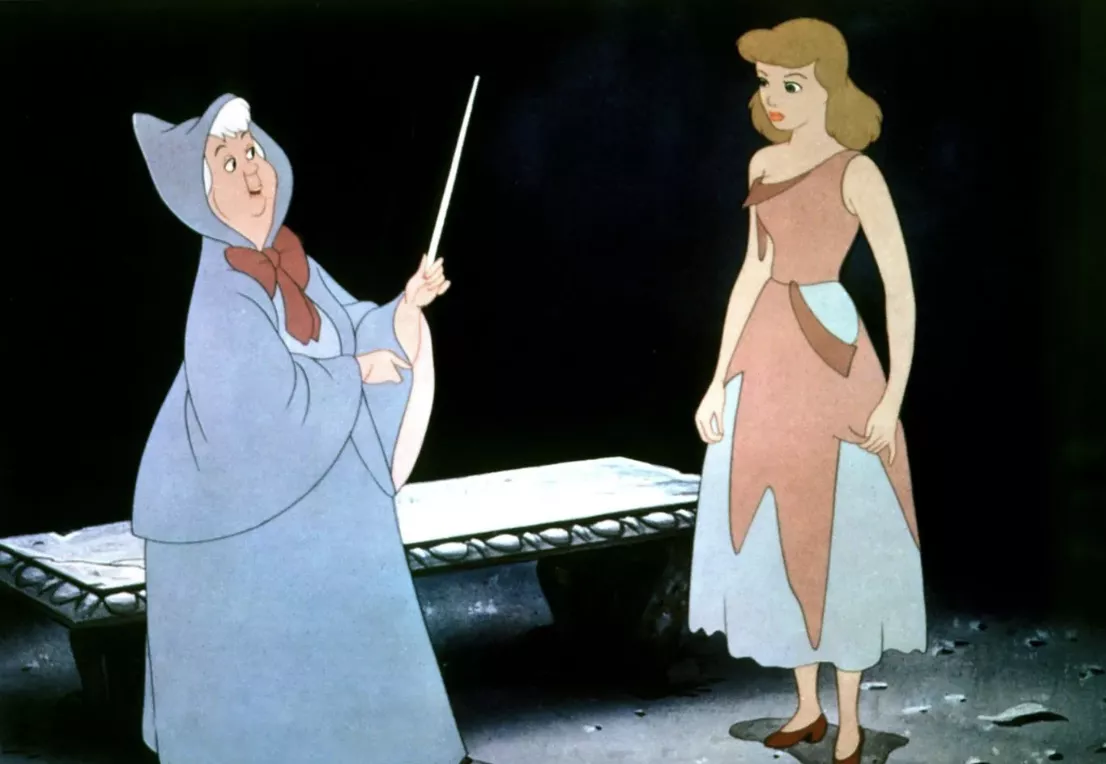
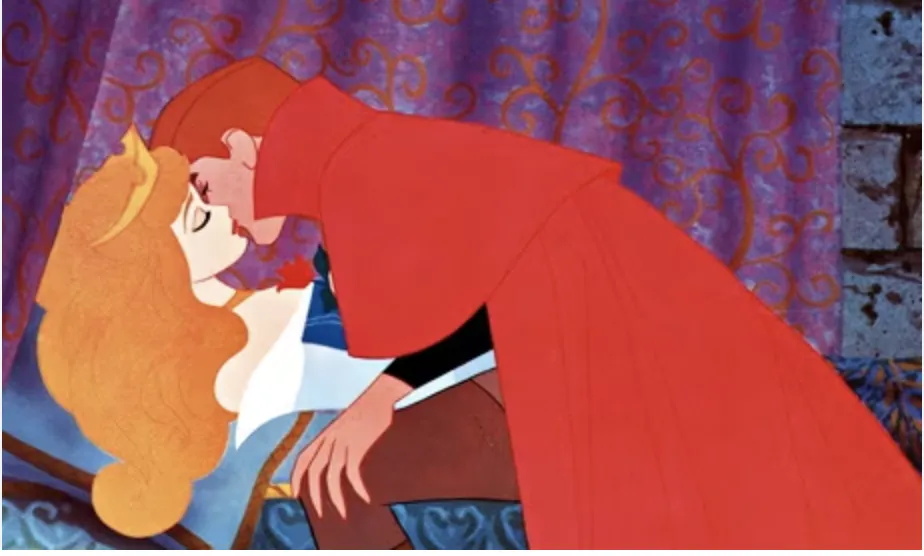
2. "Women Cooks to Resist Communism!"
While researching the history of the American feminist movement, I came across an interesting phenomenon. After World War II, the two major political blocs of capitalism and socialism were involved in the Cold War, with both sides fearing that a nuclear conflict would destroy the world. Unlike socialist countries that encouraged women to operate planes and trains just like men, the U.S. government attempted to confine women to their homes. They believed that America's strength lay in consumerist culture and a strict division of gender roles. In other words, they thought women should stay home, attend to their husbands and children, look and behave like women, wear dresses, have stylish hair, and do housework.
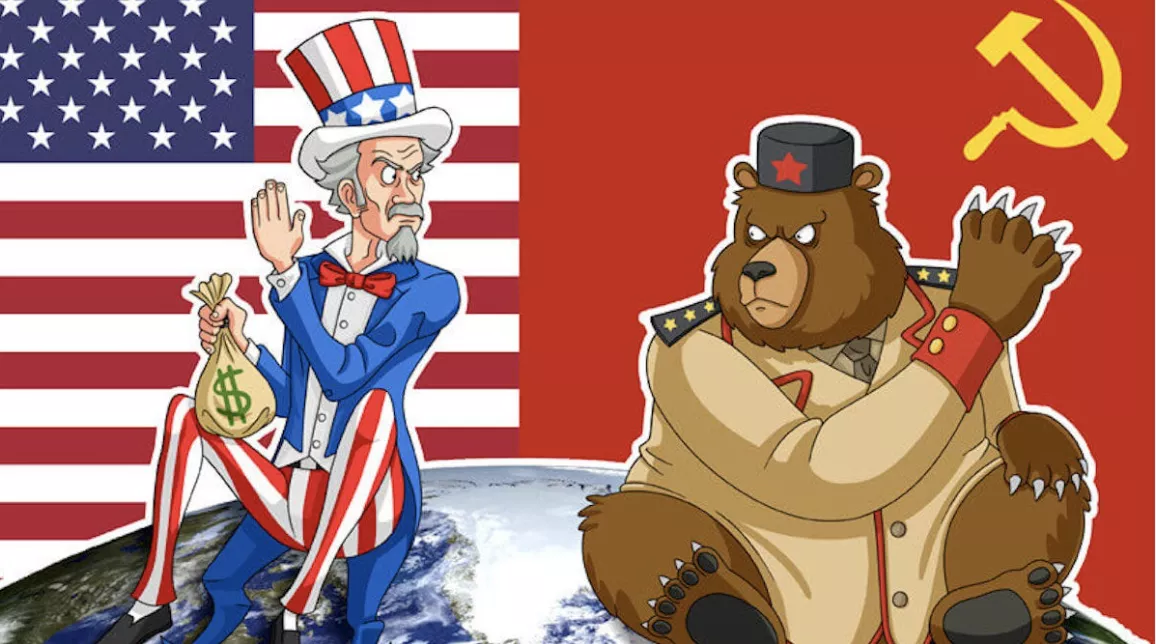
Back to the topic of princesses; aside from their illustrious backgrounds, enchanting beauty, melodious voices, and the ability to communicate with animals, Snow White, Cinderella, and Aurora share another ordinary skill: cooking! This was particularly emphasized in Cinderella, which emerged at the beginning of the Cold War. I am not suggesting that Disney's princesses became political propaganda tools. Still, it is undeniable that these three female figures conformed to the societal demands, primarily those of men, during their respective eras. They were all idealized female figures defined by a male perspective and a male-dominated society. Men desired a beautiful wife and a mother who excelled in household chores. Only such women, as depicted in the movies, would receive redemption from men (the princes).
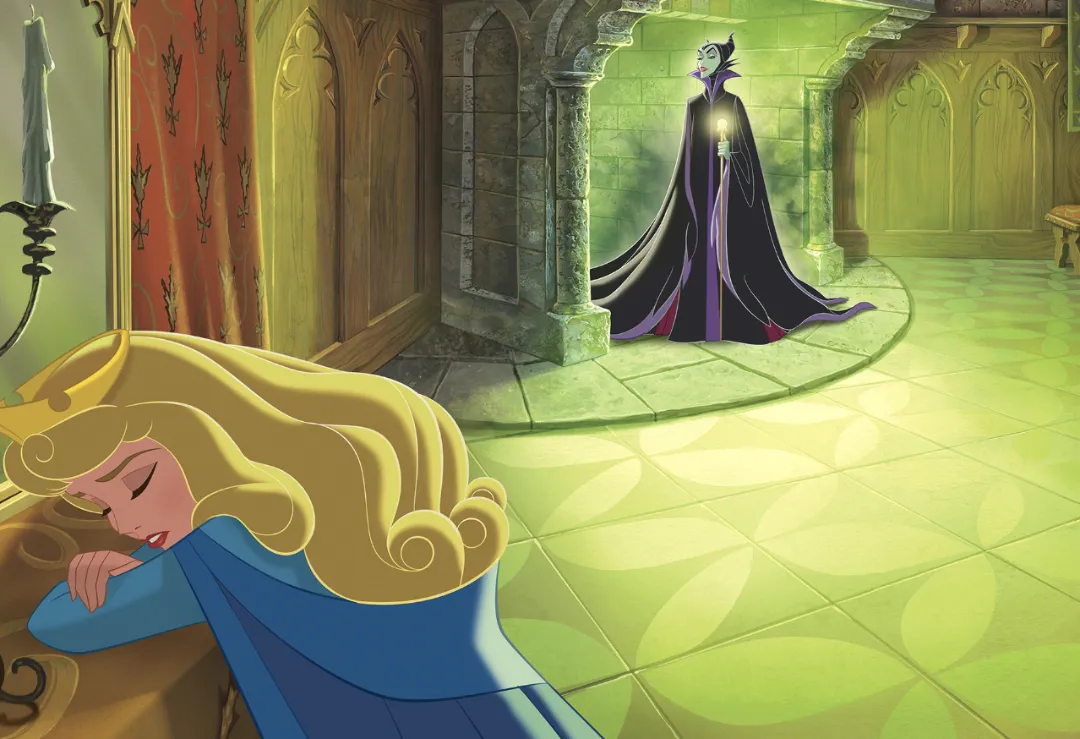
3. Women and “Women”
Woody Allen once said that everyone fell in love with Snow White after watching "Snow White," but he fell in love with the evil queen.
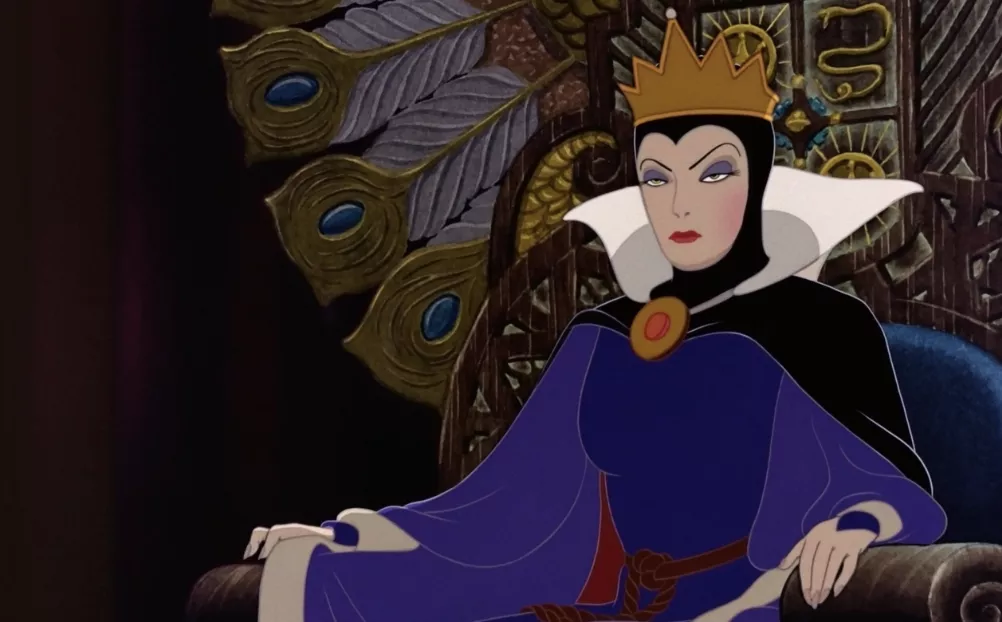
Boldly speaking, in the three princess films of the pre-feminist era, feminist elements appear as negative characters: the evil queen of Snow White, the wicked stepmother of Cinderella, the devil's godmother of Sleeping Beauty, and even in the post-feminist era's "The Little Mermaid" (1989), the antagonist, Ursula, is still a female character.
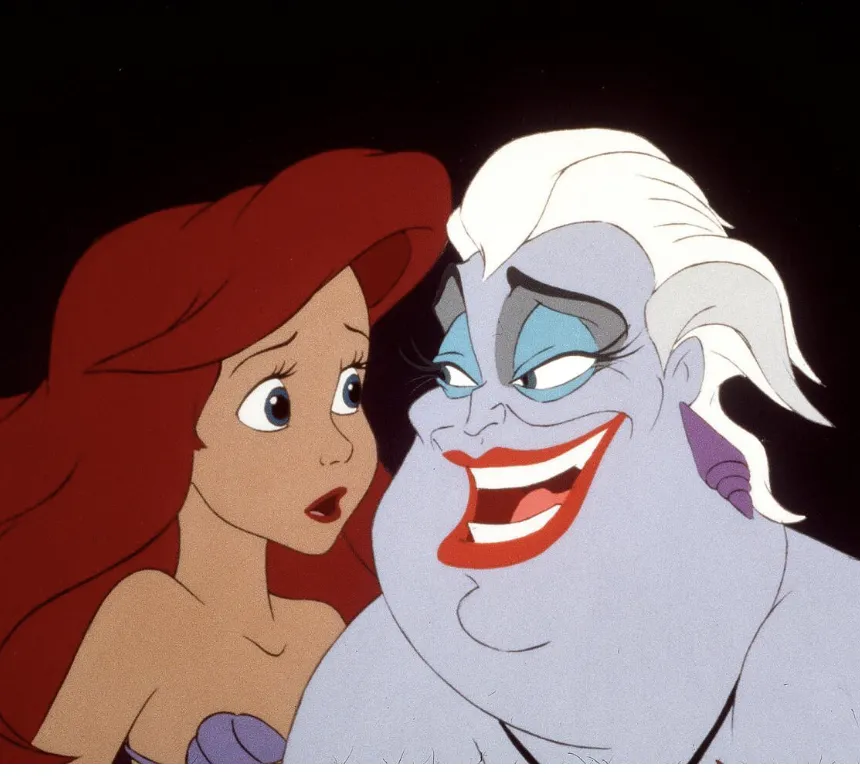
These women are either power-hungry, jealous or simply abstractly evil. Their unrealistic evilness is the opposite extreme of the princesses' romantic kindness. These female villains represent the widespread prejudice against capable women in a male-dominated society. If women are full of desires for power, they are considered evil.

In contrast, without exception, all the men who appear in these movies are good: the hunter who pities and spares Snow White, the seven dwarfs who work tirelessly and bravely battle the stepmother, the prince who awakens with a kiss, and even Cinderella's biological father... Any man mentioned in the film is a good person!
4. Feminism after "The Little Mermaid"
In 1959, "Sleeping Beauty" had a mediocre response, and Disney refrained from tackling the princess theme for the next thirty years until "The Little Mermaid" appeared in 1989, marking the return of princesses to the big screen. The Little Mermaid brought a refreshing taste: a fresh flavor of feminism.
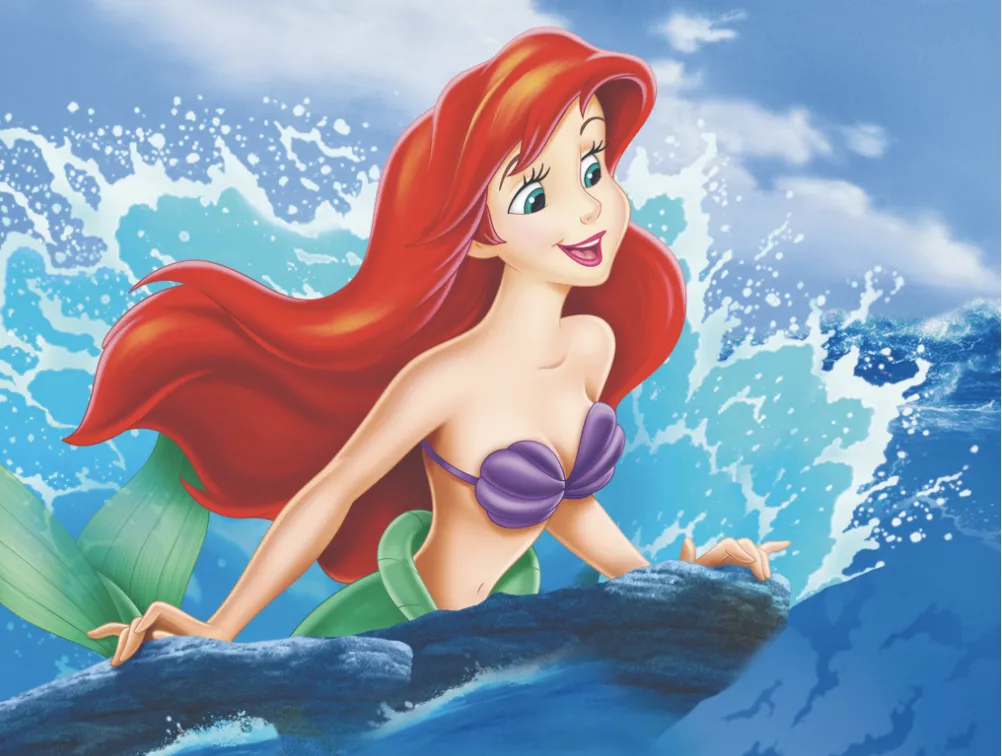
However, by the late 1980s, after decades of the feminist movement, "feminism" was no longer a positive term. The mainstream media had already created two stereotypical images of feminists. One was women who wore baggy pants, biker boots, didn't shave their legs, and despised men to the core; the other was selfish and ruthless career women. Nevertheless, it can't be denied that decades of the feminist movement had already deeply ingrained feminist consciousness. The idea of gender equality, where women and men are on equal footing in various aspects of social life, such as careers, education, and marriage, has already become deeply rooted in people's minds.
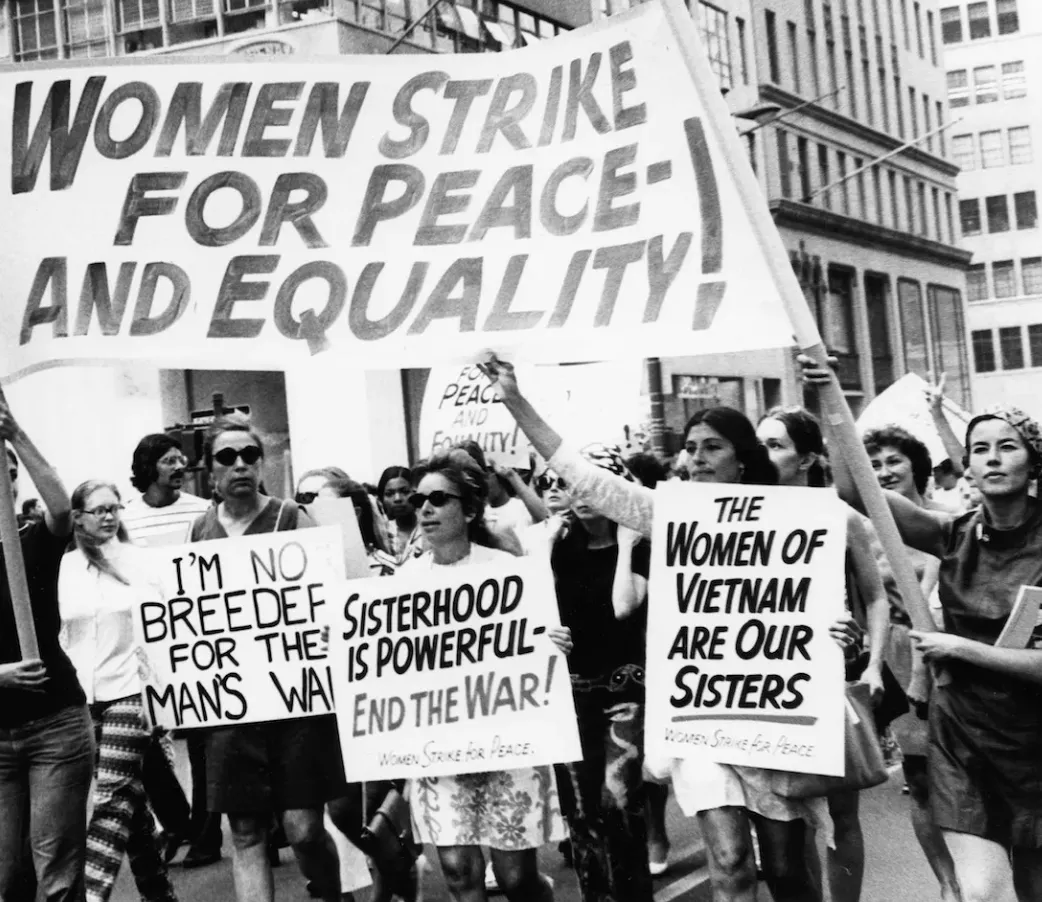
During this period, the princesses finally became more relatable. They were no longer perfect figures but had minor flaws and imperfections, just like ordinary people. The Little Mermaid departed from the ideal housewife image of the previous three princesses and appeared more like a normal, rebellious teenage girl. In pursuit of an intense romance and an adventurous journey, she traded her enchanting voice for a pair of legs and bravely pursued the one she loved.
And Belle, introduced in 1991 ("Beauty and the Beast"), was even more remarkable. She was the only person in their village who loved to read! Reading – a privilege traditionally enjoyed by men in male-dominated societies and a cornerstone of male empowerment. Belle's character is independent, intelligent, brave, and stubborn. She openly fell in love with a monster! She can be considered the first true feminist among Disney princesses and remains one of the most highly praised Disney princesses.

5. The Bloom of "Minority Ethnic Princesses
From World War II to the 1980s, American history was filled with various social movements, such as the most famous civil rights movement for Black people, anti-war protests, the second wave of feminism, LGBTQ+ rights movements, and more. These movements led to a significant leap forward in American democracy. Countless individuals fought and sacrificed for these victories, including the tragic assassination of the renowned civil rights leader Martin Luther King Jr. However, it was their struggles that deepened democracy in present-day American society.
As a part of these civil rights movements, the feminist movement shares common ground with the fight for racial equality. The red-haired Little Mermaid represented progress, breaking away from the traditional image of the fair-skinned, blue-eyed Anglo-Saxon. She challenged the stereotype of the "Ginger," a group that was long marginalized in white society. In the early 1990s, Disney introduced a series of minority ethnic princesses, including Jasmine, the Arabian princess from "Aladdin" in 1992. Pocahontas, the Native American princess from "Pocahontas" in 1995, Mulan, the Chinese princess from "Mulan" in 1998, and Tiana, the Black princess from "The Princess and the Frog" in 2009."
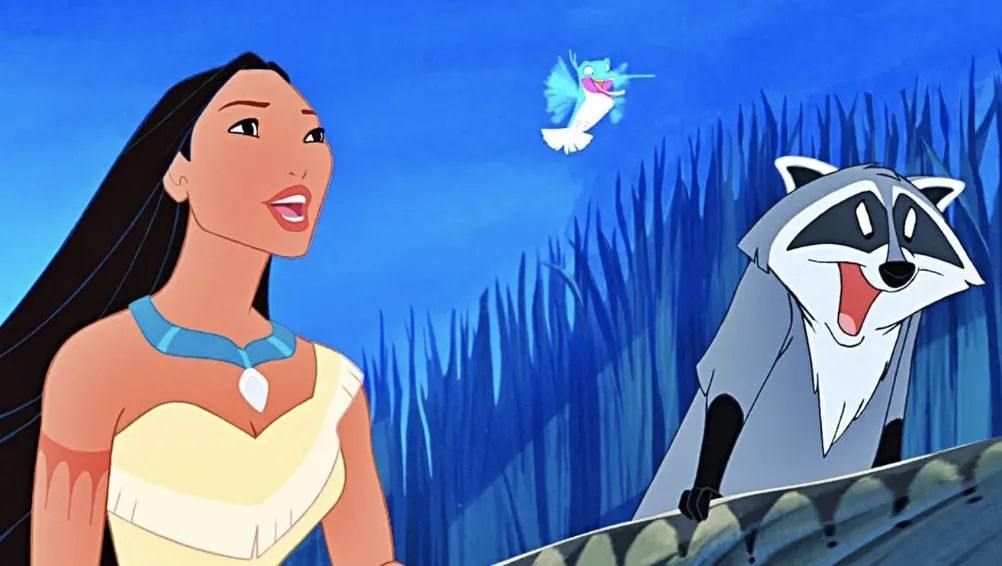
6. Feminism, Princesses, and Marriage
I refer to the films "The Little Mermaid," "Beauty and the Beast," "Aladdin," "Pocahontas," and "Mulan" as "post-feminist movement princess films." These movies exhibit clear feminist progress, but they share a critical flaw.
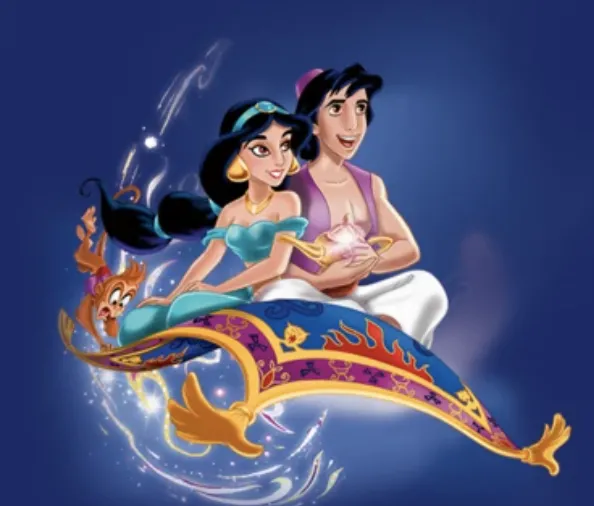
The flaw is the film's portrayal of marriage as a constraint on women. At the beginning of these films, the main characters face a common predicament: they can't find the right husband, or the men they're dating don't meet their standards. However, as the story unfolds, the marriage issue is conveniently resolved. Ariel marries the prince, the Beast turns back into a man and marries Belle, Jasmine marries Aladdin, and Mulan marries the general. The only exception is Pocahontas, who doesn't find love in the "Pocahontas" film.

This aspect highlights a fundamental difference in male and female rebellion. Male rebellion often involves refusing material comforts, rejecting traditional careers like doctors, lawyers, or bankers that provide financial security, and choosing alternative paths with less material reward. However, at some point in life, many men still aspire to start a family and become fathers. In contrast, female rebellion frequently involves a complete escape from traditional family life. It means that if women want to pursue their careers and ambitions, they often need to give up on the idea of marriage. For instance, women like Jane Austen dedicated their lives to literature and remained unmarried. This distinction can be traced back to a male-dominated society defining child-rearing as a woman's duty, making marriage more akin to an occupation for women. Some girls, witnessing their mothers sacrificing careers and dreams for family life, grow up fearing repeating that pattern and, as a result, choose to forego family life entirely.

Radical feminists question all established societal value systems. They might ask, "Why should women with delicate fingers work on assembly lines instead of becoming neurosurgeons?" Similarly, they could ask, "Why must children be raised by the women who give birth to them? Is marriage the only option for women? Princesses, can't you choose not to get married?"
7. What Do Women Really Want?
Disney movies have focused on the same theme for the past eight decades: having dreams and courageously pursuing them. However, how these dreams are pursued differs between men and women. The boys' goals were most comprehensively summarized in Disney's 1940 animation "Pinocchio," which emphasized growing up and becoming a man. The equivalent dream for women didn't appear until "The Little Mermaid" in 1989, lagging behind for almost half a century. Before that, female characters dreamed of being "rescued by a man." This delay was influenced by Disney's founder's conservative thinking and the era's background.
The post-feminist era princesses (from "The Little Mermaid" to "Mulan") finally learned to dream like men, aspiring to be just like them and even doing what men do, including heroic feats on the battlefield. However, a more profound form of feminism isn't about women becoming like men (acknowledging the physical and psychological differences between the sexes) or competing with men. It's about casting aside male perceptions of women and letting women define their own identities and ponder their strengths and weaknesses on their own terms. Women's dreams should focus on pleasing "themselves" rather than trying to meet the expectations of a male-dominated society.
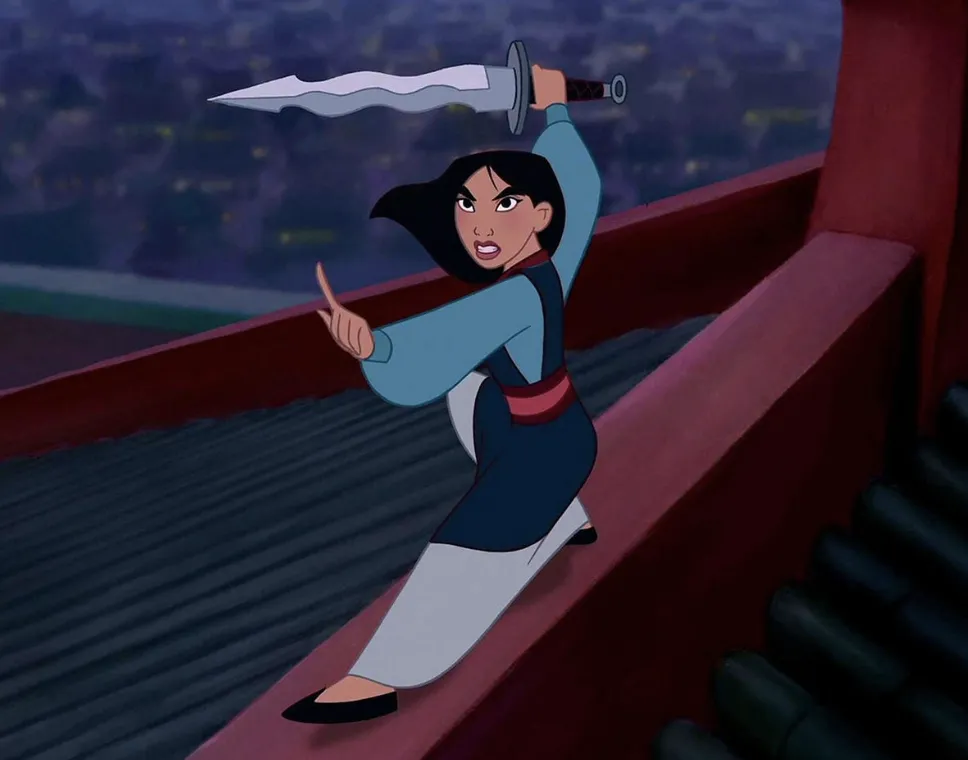
Confident feminists should ask themselves, "What do 'I' want?"
Among the Disney princesses, starting with "The Princess and the Frog" in 2009, and including Rapunzel from "Tangled," Merida from "Brave," and Elsa and Anna from "Frozen" in 2013, they all represent a newfound self-awareness. I refer to them as "New Feminist Era Princesses."
In "The Princess and the Frog," released in 2009, the first black princess, Tiana, dreams of opening her own restaurant. Unlike Mulan, who was forced to prove herself on the battlefield, Tiana's journey from the beginning of the film is dedicated to realizing her dream.
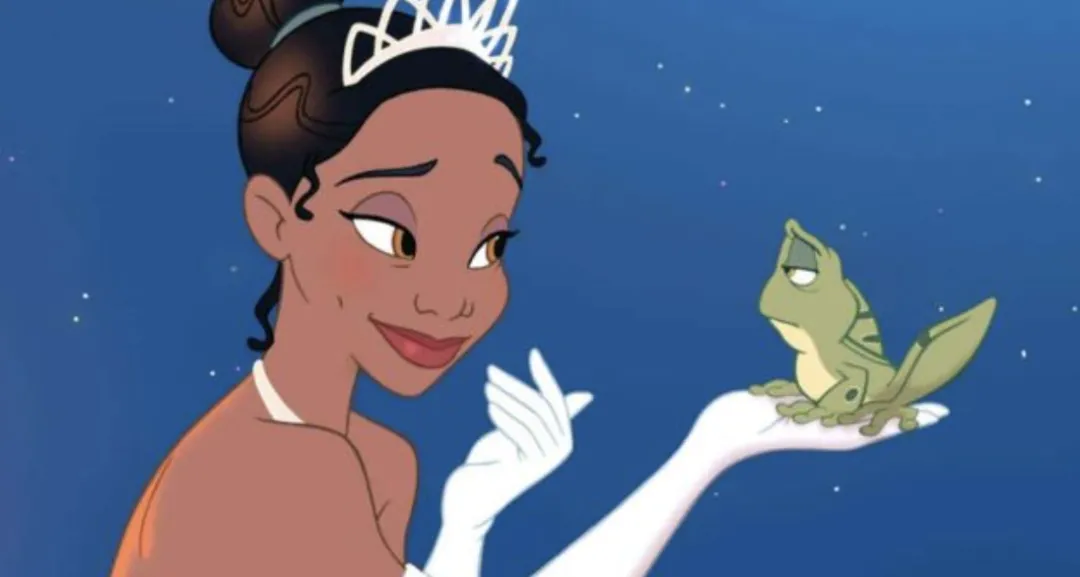
The 2010 release "Tangled" perfectly conveys the essence of the new feminist era. Rapunzel, the long-haired princess kidnapped as a child, embarks on an adventurous journey. This journey represents her coming of age as a young woman, venturing beyond the confines of her home. Simultaneously, it is a quest to discover her true identity. The film concludes with Rapunzel finding her birth parents and reclaiming her true identity. Along the way, she befriends a rogue named Flynn, who is not a prince. Their love is merely a pleasant surprise in Rapunzel's journey to find her identity and belonging.
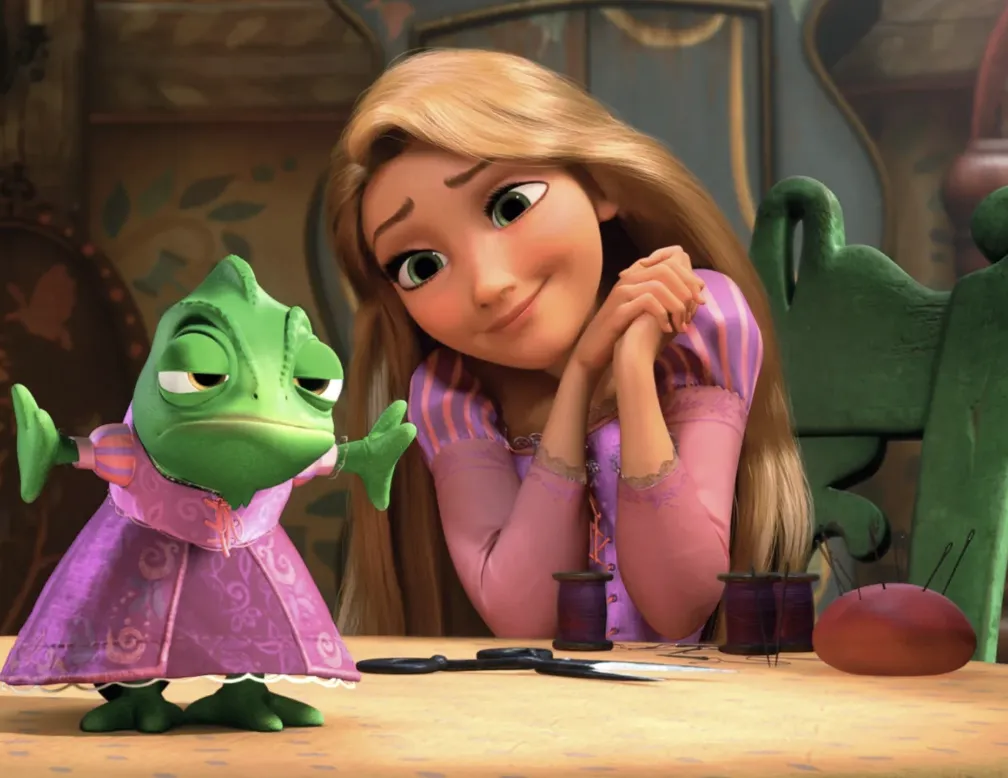
Women growing up in the 21st century not only have equal rights and opportunities as men but, more importantly, they have the self-assurance to ask themselves these questions: Who am I? What do I want? What are my dreams?
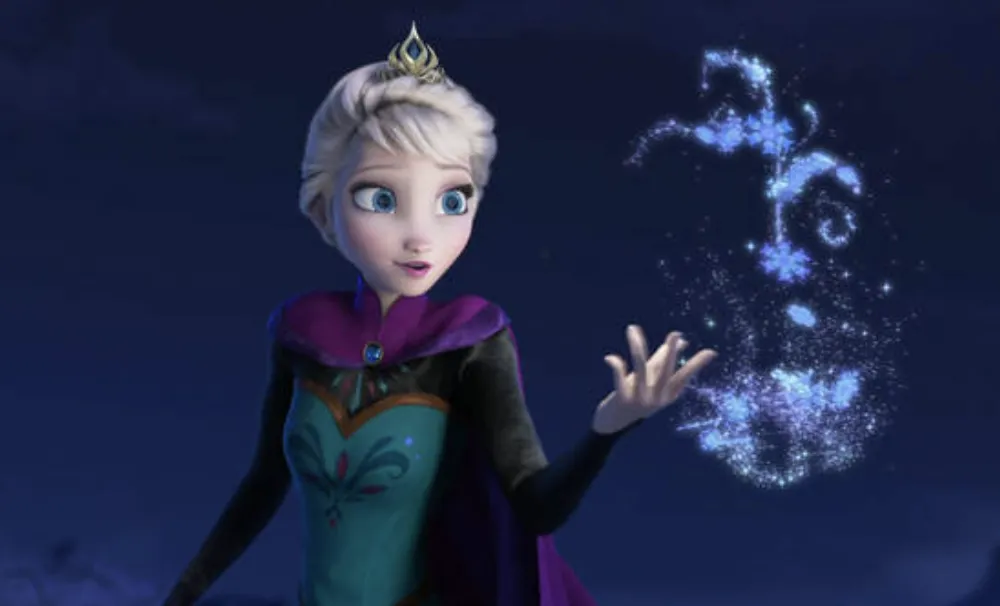
8. Release Your Girl Power
From "Brave" to "Frozen," the themes of movies have shifted to focus on relationships between women. "Brave" is about a mother and daughter, while "Frozen" delves into the bond between sisters. Meanwhile, male characters in these films have seen their images deteriorate. Princess movies are evolving into what can be called "women's movies." There are no decent princes in "Brave," and "Frozen" has achieved something unprecedented: the prince is the film's main antagonist. After decades of changing times, men have gone from being "saviors" to becoming "the puppeteers" behind the scenes. Women have finally realized that what has long suppressed their emancipation is not anyone else but their brothers, fathers, husbands, sons, and all the hypocritical men!
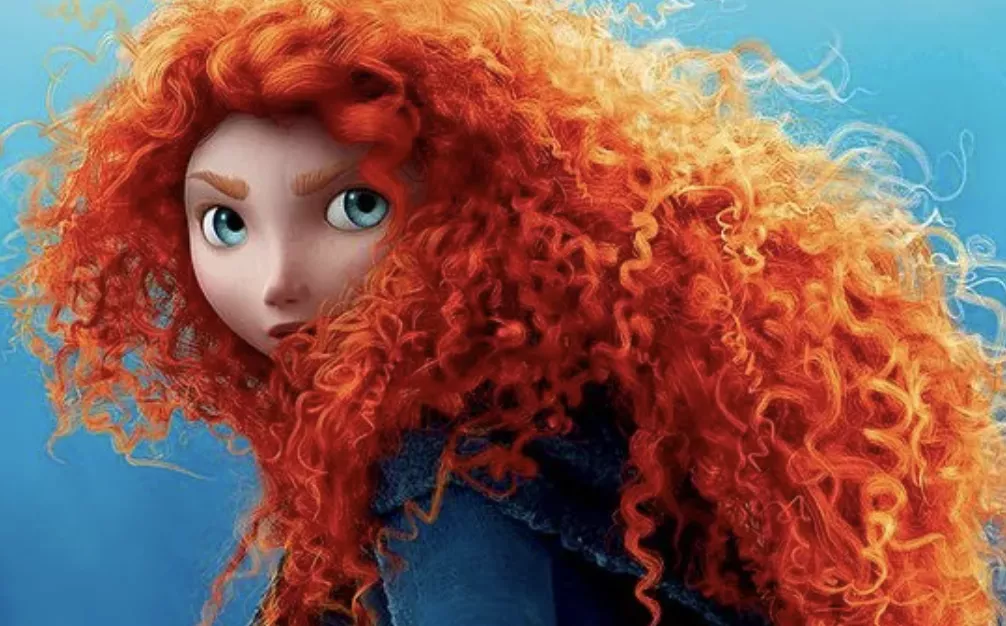
In my view, Elsa's supernatural abilities, which she desperately suppresses in "Frozen," represent an image of Girl Power. When Elsa finally accepts her true identity and is no longer afraid to unleash her powers, she clearly conveys a message: women should liberate themselves, their abilities should be released, and in this day and age, men and women are equal!
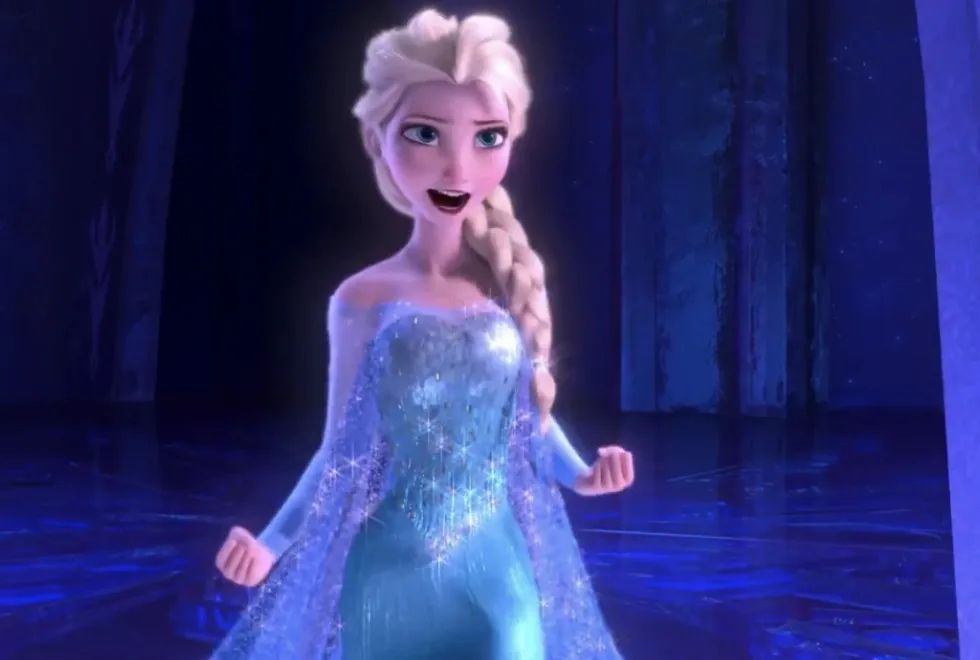
Today's women should be grateful to the pioneers of the women's rights movement. Their refusal to become the "silent majority" and their fight for their rights have benefited their daughters and their daughters' daughters. But at the same time, they should also thank the Disney princesses. Disney movies, as cultural trendsetters, record the subtle shifts in society. This seemingly inconsequential popular culture has introduced the ideals of fairness, equality, and democracy into the public's consciousness, thereby influencing the course of democracy. Perhaps in the not-so-distant future, when we mention Disney princesses, we will say: "Oh, that's the princess who saved the prince," "Oh, that's the scientist princess," "Oh, that's the princess who became the president!"








Share your thoughts!
Be the first to start the conversation.